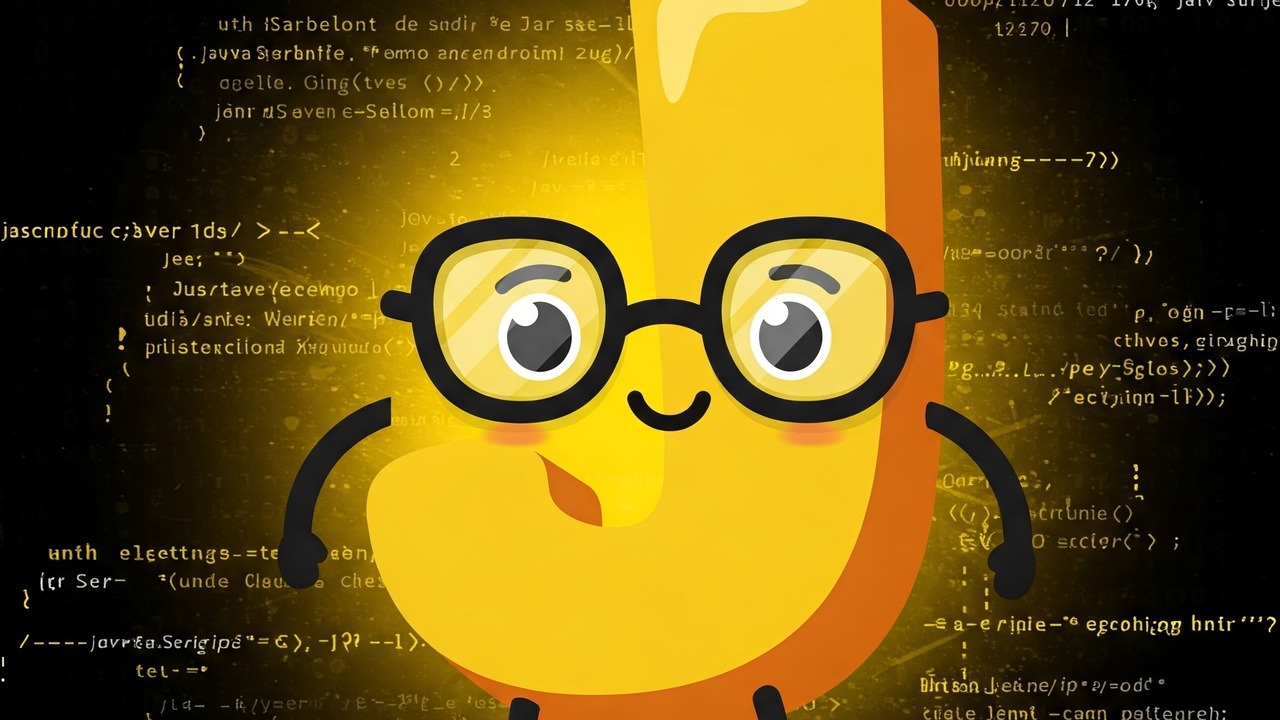-

D3 Geo Projections Explained 🗺
-

Using the Builder Pattern in Javascript (With Examples)
-

How To Sync Your Data Between Google Sheets And Firebase
-

Using Enums In Javascript
-

Javascript Closures Explained (With Examples)
-

An Introduction to Promises in Javascript
-

Javascript Symbols Explained
-

How to Set Expiry Time (TTL) for LocalStorage With Javascript
-

How Is Javascript Asynchronous And Single Threaded?